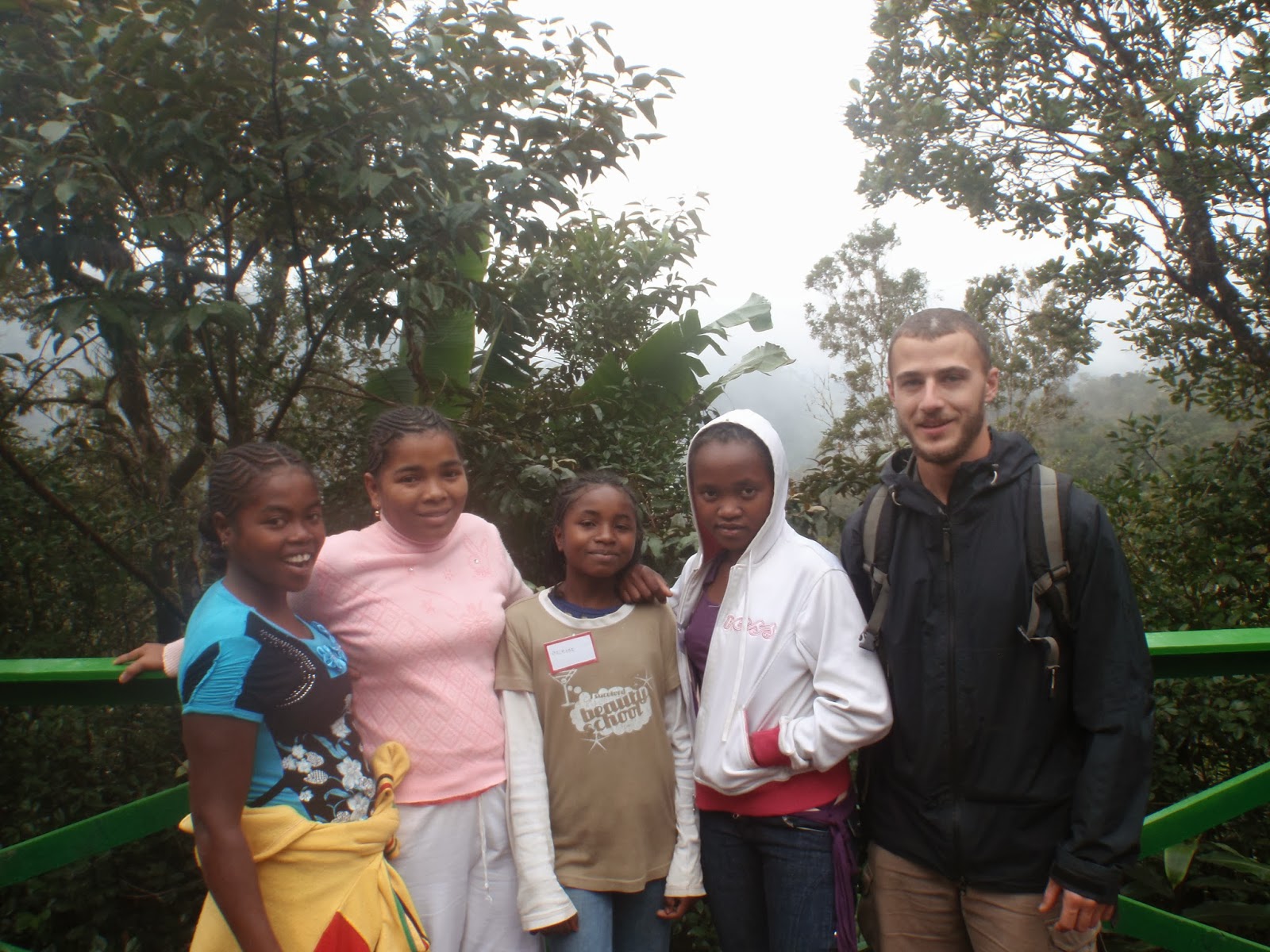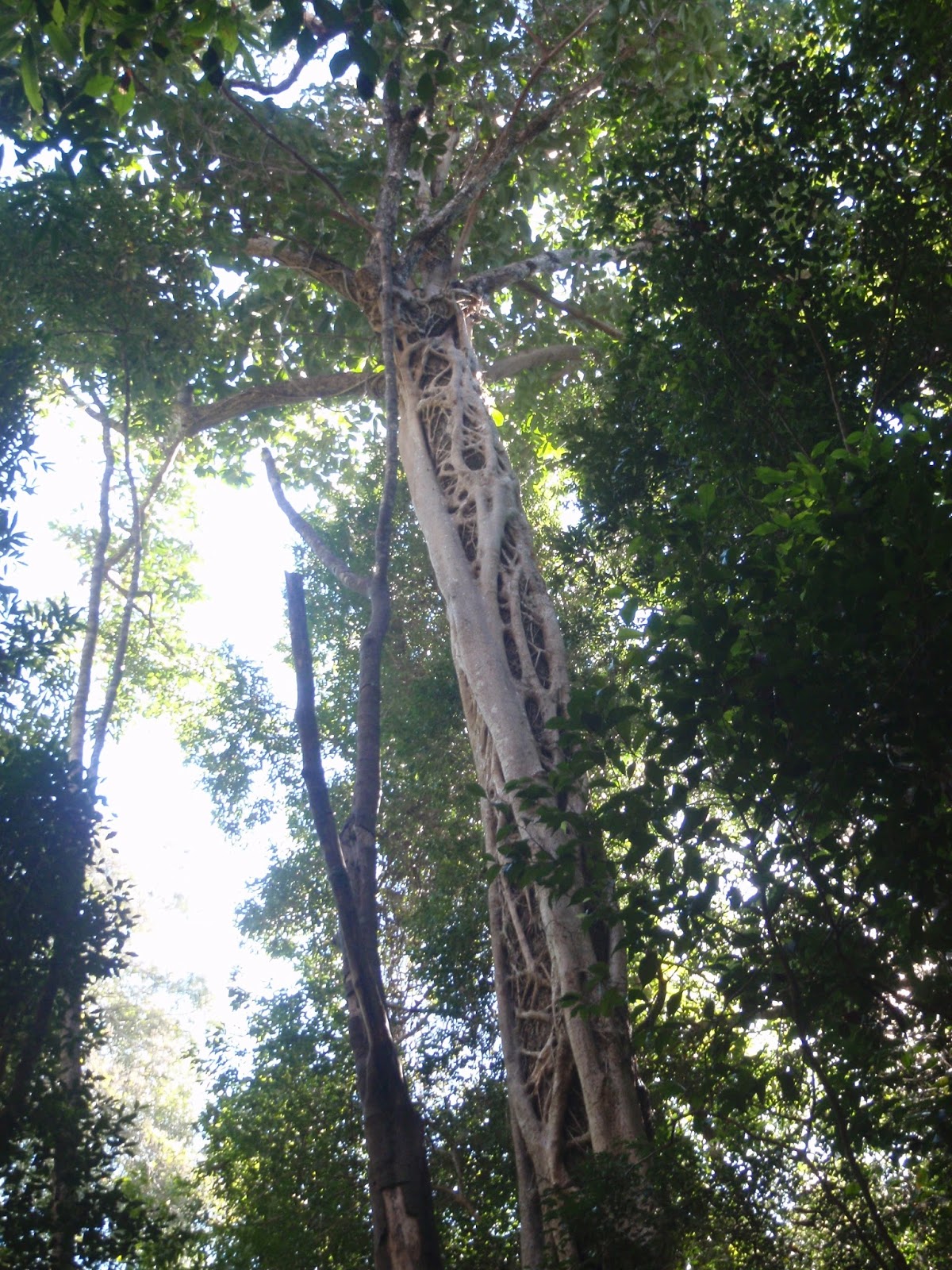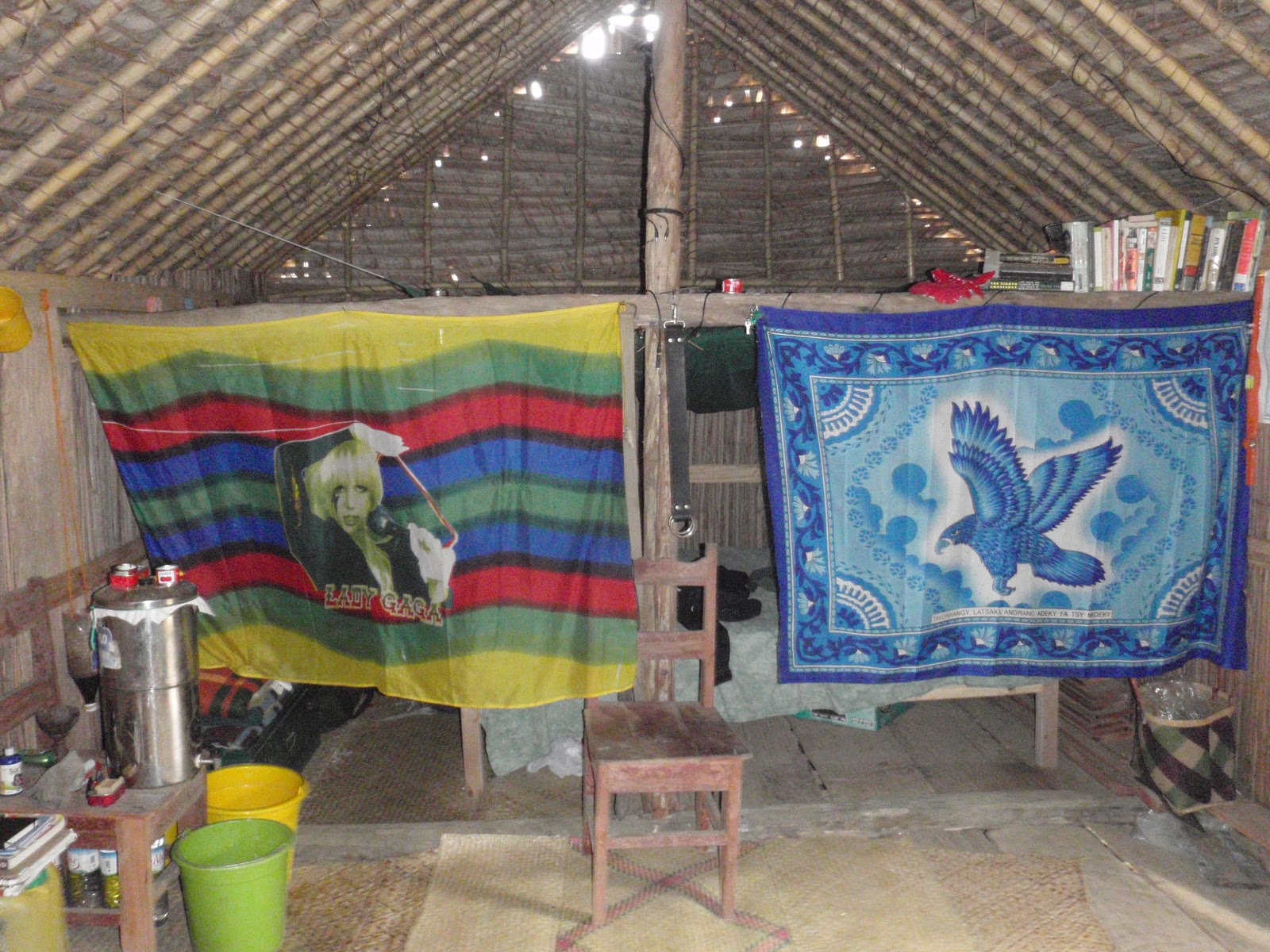The past few months have been a blur of activity, and it’s at this point in my service that several projects are starting to come together. At any one point I’m working three or four different projects that are at different stages but yet they are sure enough coming to completion and I’m still left with plenty of work over the next coming months. One of the first big projects that finally came together after nearly 8 months of planning was the GLOW (Girls Leading Our World) Camp that I helped organize along with 9 other volunteers. In this camp 4 4e (8th Grade) female students from 5 different towns including Ambalona, spent a week learning about the opportunities that await them beyond their classrooms if they continue to work hard. We spent 4 days in Mananjary where the Girls learned about: clean water & sanitation, malaria, budgeting, and English literacy; then we spent 3 day in Ranomafana National Park, where the Girls learned about: nutrition, environmental conservation, women’s reproductive health, study skills, and got a chance to use computers at the Val Bio Research center. This is was a unique opportunity for the girls because it’s rare that students from remote impoverished areas make it to lycee (high school) or university let alone female students. So on top of this education the girls also got form new relationships with girls their same age in their greater region, and as I’ve witnessed women have the most to benefit from development programs and initiatives such as this so I’m sure that these students will go on to achieve more than they thought was possible before this camp.
The Entire Camp at Ranomafana's Arboretum
Ranomafana National Park with Ambalona's 3 and only 4e Students
On the home front, there’s been a bit of Gasy politics that are hard to comprehend for the average volunteer let alone American. My Gasy family who “borrowed” a parcel of land on which they had built their home and small store, were told by the owner that they had to move. Now in Madagascar, land tenure is a real tricky issue. It’s not really clear how people have rights to land, how much land costs, and how one would go about purchasing and gaining rights to a parcel for a set period of time. These dealings are typically made behind closed doors and it appears that bloodlines take more precedence than first come first serve. So regardless of the obtuseness of the proposition, my friends were forced to relocate their home to another lot; this is the same home that we recently rebuilt earlier this year. Conveniently the Gasy house is quite mobile, and with only 30 villagers it can be lifted and relocated 200 yards down the village strip until it gets jammed in the towns bottleneck. After which brute force finally resolved the issue and my family once again could resume their lives just on the other side of the village. During this whole affair though I lent them half of my home so that they could store their 40 gooney sacks of rice, stereo, generator, and assorted personal effects.
A typical MadaOSHA approved Job Site
It's quite homey
Apart from my small self-storage business I’ve been coordinating the preparations necessary for the arrival of 1300 fruit trees come January and come budget approval from Washington, which I light of current affairs I hope they will see fit to approve. This has included planting shade and compost tree species, and the construction of a well for the nursery and the adjoining existing school garden. Now that this well is nearly complete we should be able to extend our growing season beyond July and insure the survival of seedlings through the dry season (right now).
"Falls down a well eyes go crossed, gets kicked by a mule they go back to normal; I don't know"
Another project that I had a personal interest in was creating a world map. Ever since I can remember I would spend hours starring at world maps and I can only believe that that curiosity helped to get me to Madagascar. The map measures 7’ by 14’ and it is being painted on the side of Ambalona’s EPP. So far the map is still in its infancy but community interest is booming. Children and adults gather round and ask what the countries next to Madagascar are; for many of them this is the first time they’ve ever seen a map, that’s why it’s not that shocking that some don’t know what Africa looks like, something that most westerners and still I find boggling. The map is set for completion the end of this month and I update you then.
Still debating whether or not to include Cold War Europe
Other than that my garden is doing quite well, and the community has really accepted that I’m a resource for all their agricultural needs. Daily they ask me what kind of fertilizer I’m using, and when I tell them that I’m only using composted cow manure they are baffled; many still think I’m a magician or crazy because I have a pumpkin growing on my roof, but I’ve demonstrated that they can grow a variety of crops in a small amount of space, and considering the land tenure issues at play here this more and more appealing.

















































